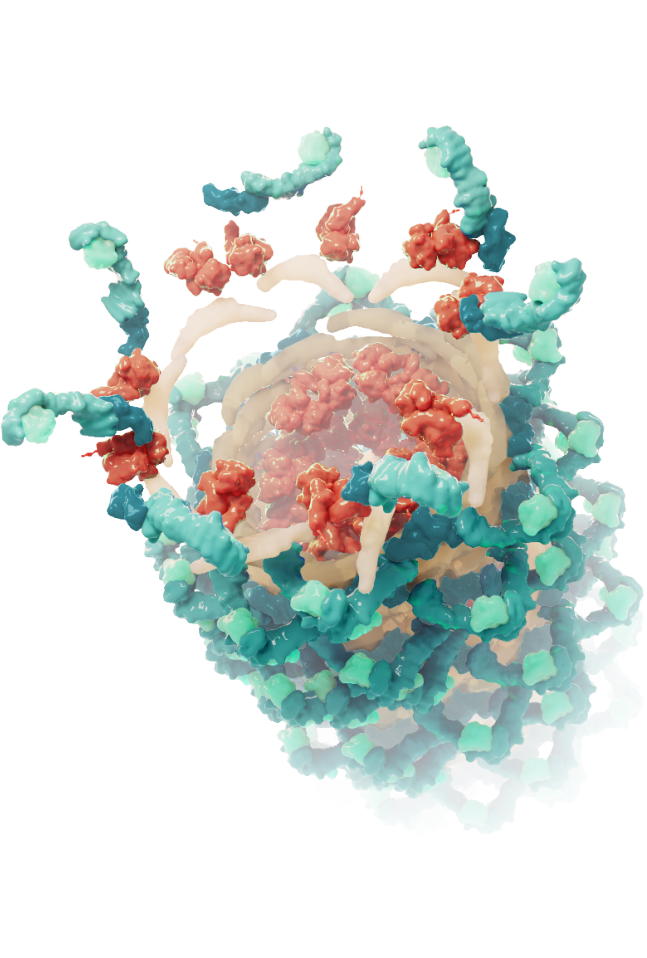
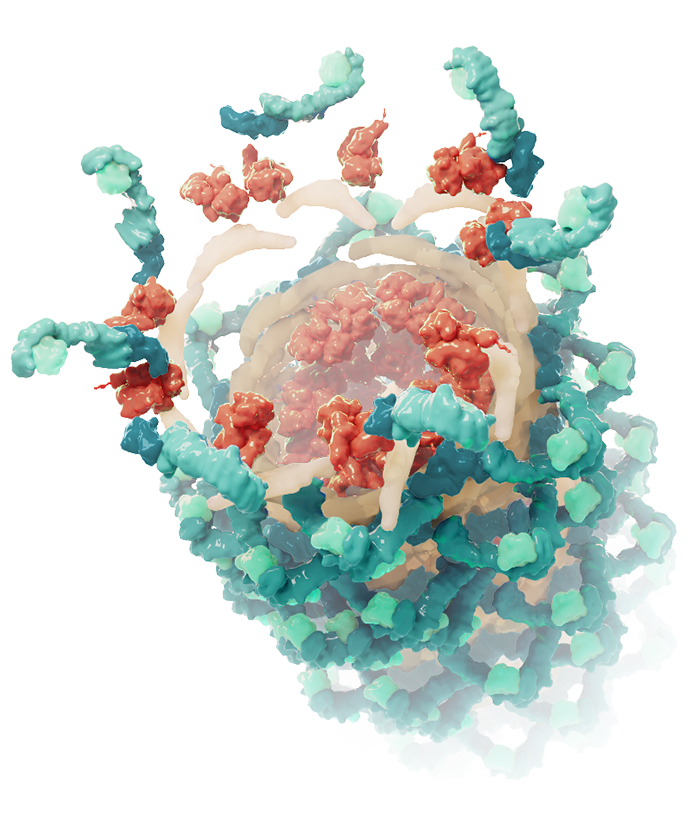
Pioneering a new class of disease-modifying therapeutics to restore endolysosomal function in neurodegenerative disease
Impairment of the endolysosomal system has been shown to cause neurodegeneration. At Retromer Therapeutics, we are taking a translational approach, grounded in human genetics, to restore endolysosomal function and thereby, neuronal health.
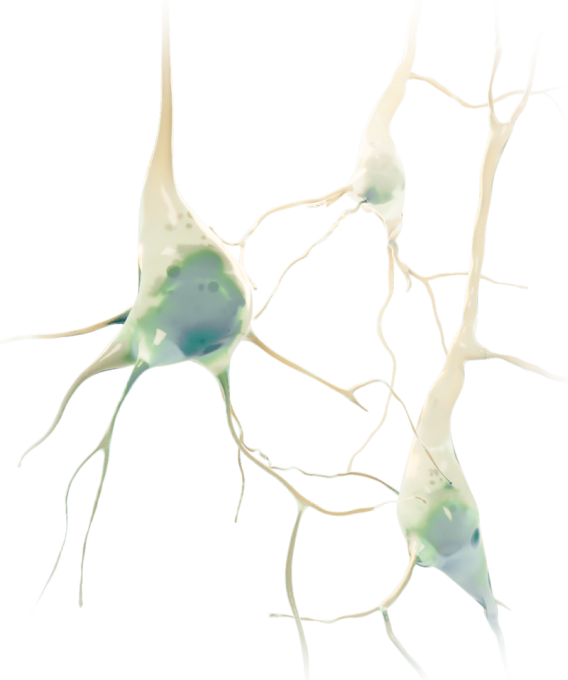
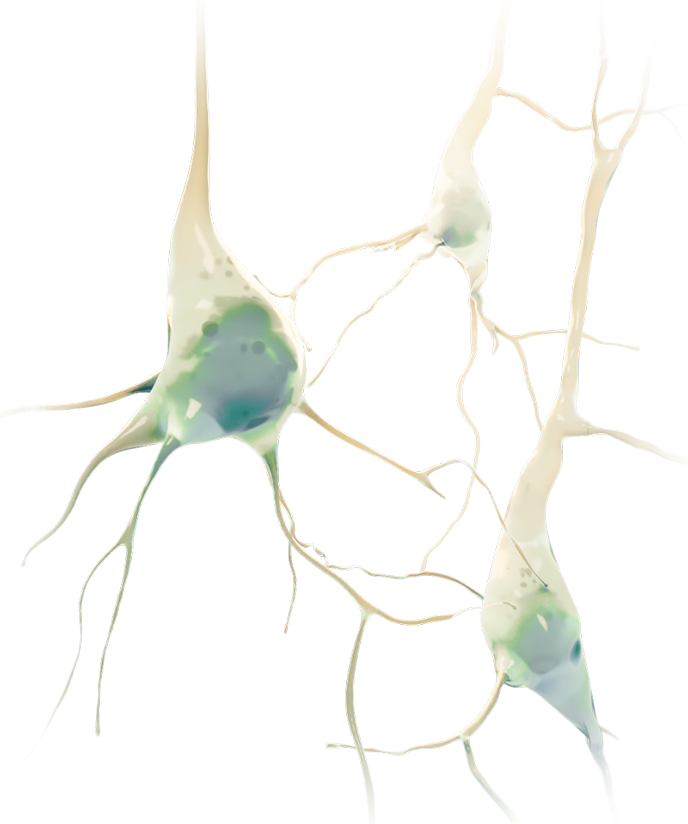
Our Science
An essential cellular system
The endolysosomal system processes proteins within the cell. Learn how this system works and how the retromer complex regulates it.
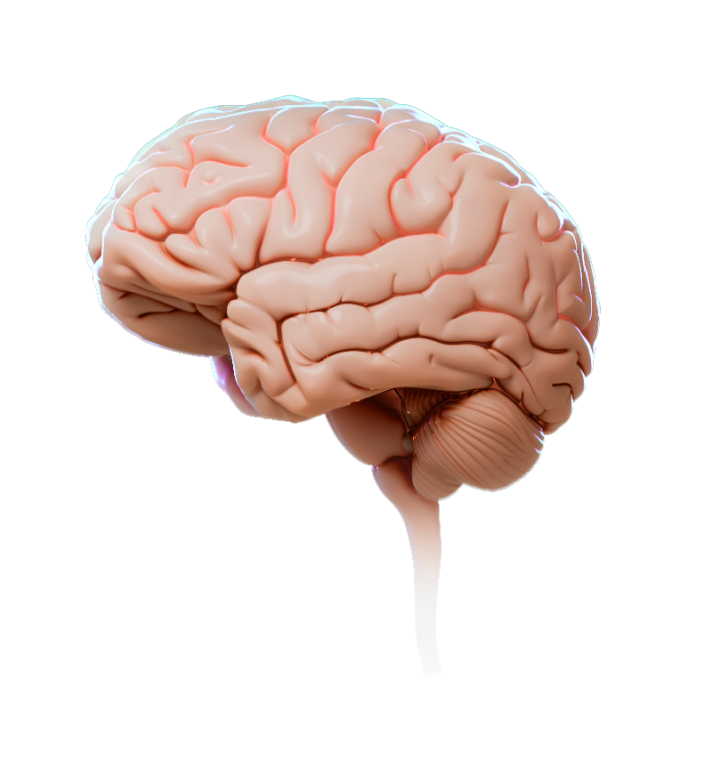
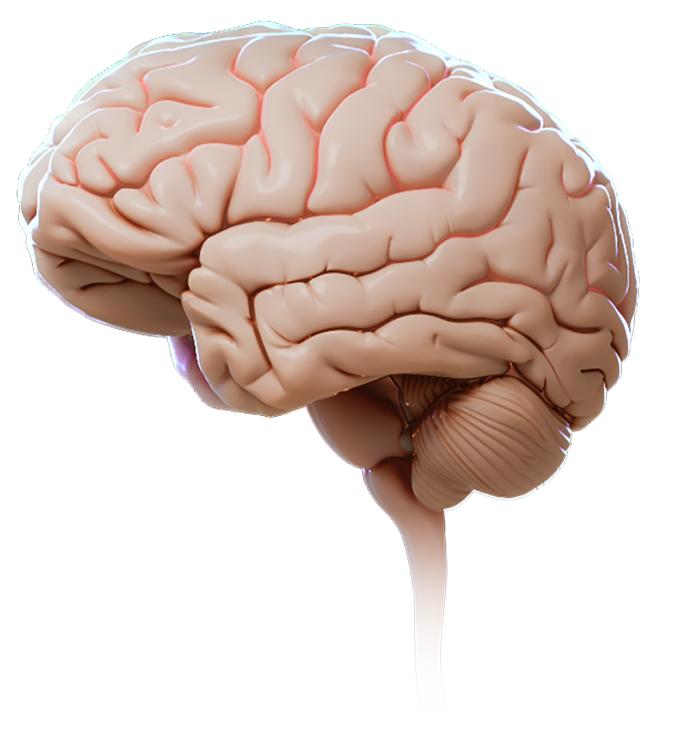
Our Approach
A pathway with transformative therapeutic potential
Neurodegenerative diseases like Alzheimer’s disease, Parkinson’s disease, and ALS affect millions of patients worldwide. Learn how we aim to restore endolysosomal function in neurodegenerative disease by addressing dysfunctional protein processing.